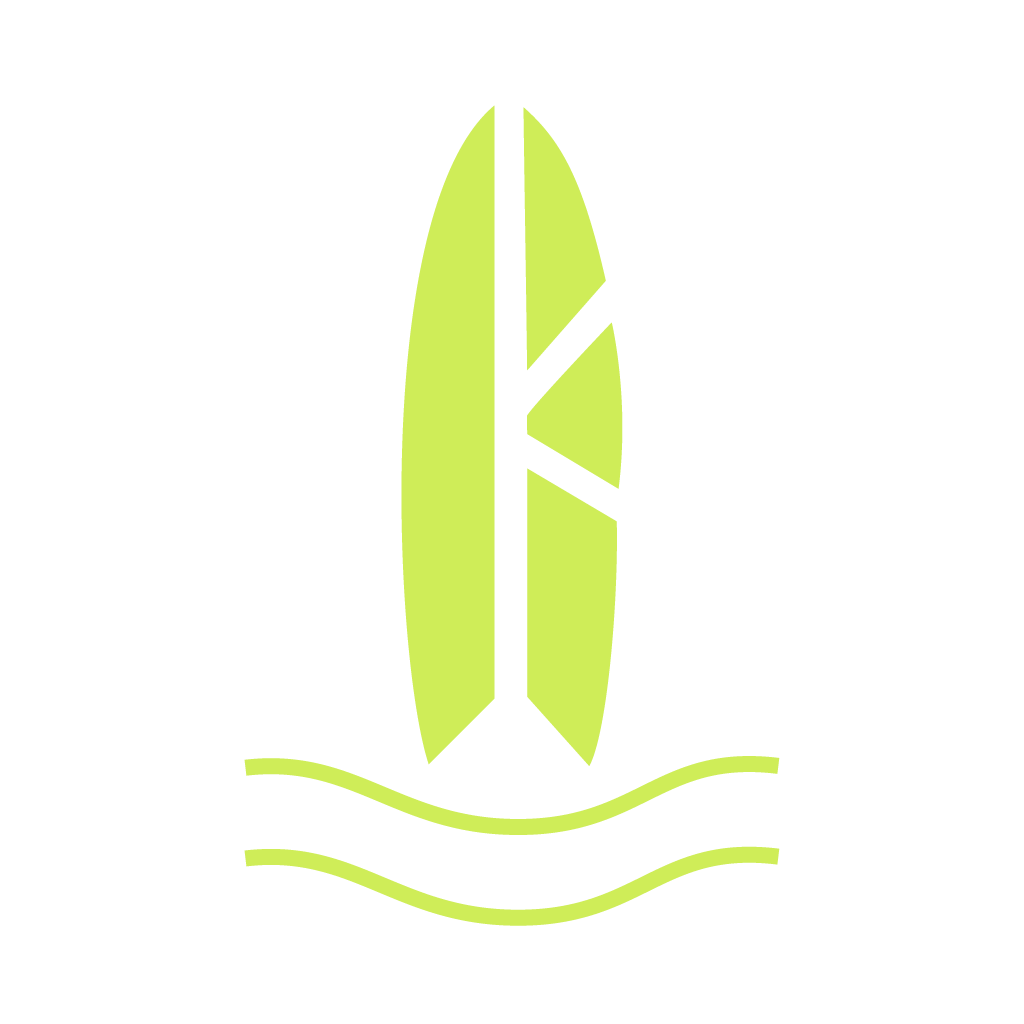The Wave at One Eye - Le Morne, Mauritius
One Eye is a world-renowned wave located off Le Morne Brabant, Mauritius. Considered one of the fastest and most powerful waves in the Indian Ocean, it is aimed at seasoned kitesurfers in search of extreme sensations.
📝 Description
One Eye is a ultra-fast, hollow and powerful reef wave that breaks along the outer reef of Le Morne lagoon. It takes its name from the rock formation visible from the spot, resembling an eye at the foot of the Morne Brabant mountain.
Renowned for its long, perfectly smooth wall of water, it rolls out over several hundred meters, forming a left-hand wave that becomes tubular mid-section. It's often compared to world-class waves like Teahupo'oor Cloudbreak.
🎯 Level required
One Eye is strictly reserved for very experienced surfkite riders. It forgives no misplacement or misreading of the wave. The bottom is very shallow, the tubular sections are fast and powerful, and access to the spot requires complete autonomy.
The wave is often surfed strapless, but also ridden with straps or even windsurfed in extreme conditions.
🌊 Wave technical characteristics
Type: Reef wave (reef break) on sharp coral bottom.
Orientation: Left - it rolls from right to left for the rider.
Height: From 1.5 m to over 3.5 m depending on the swell. Big volume gain over long periods (>12 s).
Shape: Hollow, fast, tubular - ideal for barrels and turns engaged at full speed.
Wind: Side-off to side-shore with southeast trade winds - perfect for keeping a clean lip and an open wall.
🌬️ Ideal wind conditions
Southeast trade winds are best suited to sailing at One Eye. They blow between 18 and 30 knots between May and October, offering the perfect side-off orientation to string together powerful maneuvers with a clean wind.
The quality of the wave also depends heavily on the south or southwest wind, with a long period and a well-set direction for it to open properly.
🗓️ Best time to ride One Eye
The preferred season for One Eye is the southern winter, between May and October. It's during this period that the southern long swells cross the regular winds, generating the best sessions of the year.
Summer cyclonic swells can also create epic conditions, but more rare and unpredictable.
🛟 Safety and technical requirements
One Eye is an engaged spot with real danger zones: sharp coral bottom, powerful impact zone, and no fallback zone. The wave can close abruptly at the end of the section.
The passage from the lagoon to the outside is via a pass. Navigation must be precise, and total autonomy is mandatory. In the event of a fall into the wave, equipment can be damaged, and recovery is difficult without assistance.
No surveillance is in place. Sailing at One Eye requires being accompanied or observed from the lagoon for safety.
🪂 Practice styles
Expert surfkiting: One Eye is one of the best spots in the world for committed surfkiting. Barrel, powerful bottom turns, aerials on hollow walls - anything is possible for those who know how to read the wave.
Photography and video: This is a benchmark spot for filmed sessions, with exceptional light and a spectacular setting.
🚗 Access and logistics
The starting point is La Pointe du Morne. From the take-off area, sail across the lagoon to the southern pass, then skirt the reef outwards.
The wave at One Eye is about 1km from the shore. It takes 5 to 10 minutes to navigate, depending on wind and current. Bring a GPS watch or a precise visual cue so you don't miss the peak.
📍 Comparison with Manawa
One Eye is more technical, faster and more dangerous than Manawa. Where Manawa offers an open, forgiving wave, One Eye demands perfect reading and flawless execution.
The two spots complement each other, but are not interchangeable. One Eye is the pinnacle of wave kitesurfing progression in Mauritius.
The two spots complement each other, but are not interchangeable.
🌡️ Water temperature
Between 23°C in winter and 30°C in summer, the water temperature at One Eye remains pleasant all year round. In winter, a 2mm full wetsuit is recommended for longer sessions, especially if you're sailing in the early morning.
In summer, a lycra UV or a long-sleeved top will suffice.








